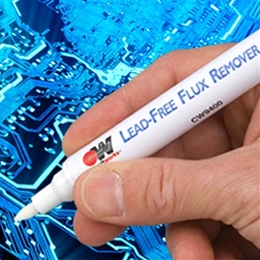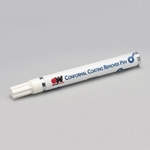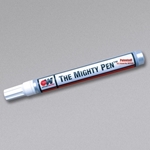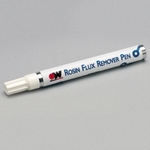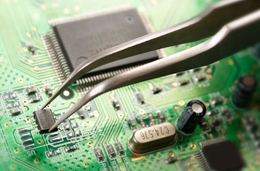Cleaning Pens
Precise Spot Cleaning for PCB Rework & Repair
Cleaning pens remove unsightly and corrosive flux residues from solder joints. The Mighty Pen is a universal cleaner that is ideal for removing QC fault labels and markings, including from Sharpie-type markers. Conformal Coating Remover Pan provides a precise method of stripping conformal coating around PCB repair areas.
CircuitWorks® brand’s comprehensive line of conveniently packaged and precision dispensing rework and repair products makes circuit board repair and prototyping faster, easier and more accurate. Advanced-formula materials packaged in unique delivery systems ensure superior performance and pinpoint accuracy. The full range of products meets all of the

